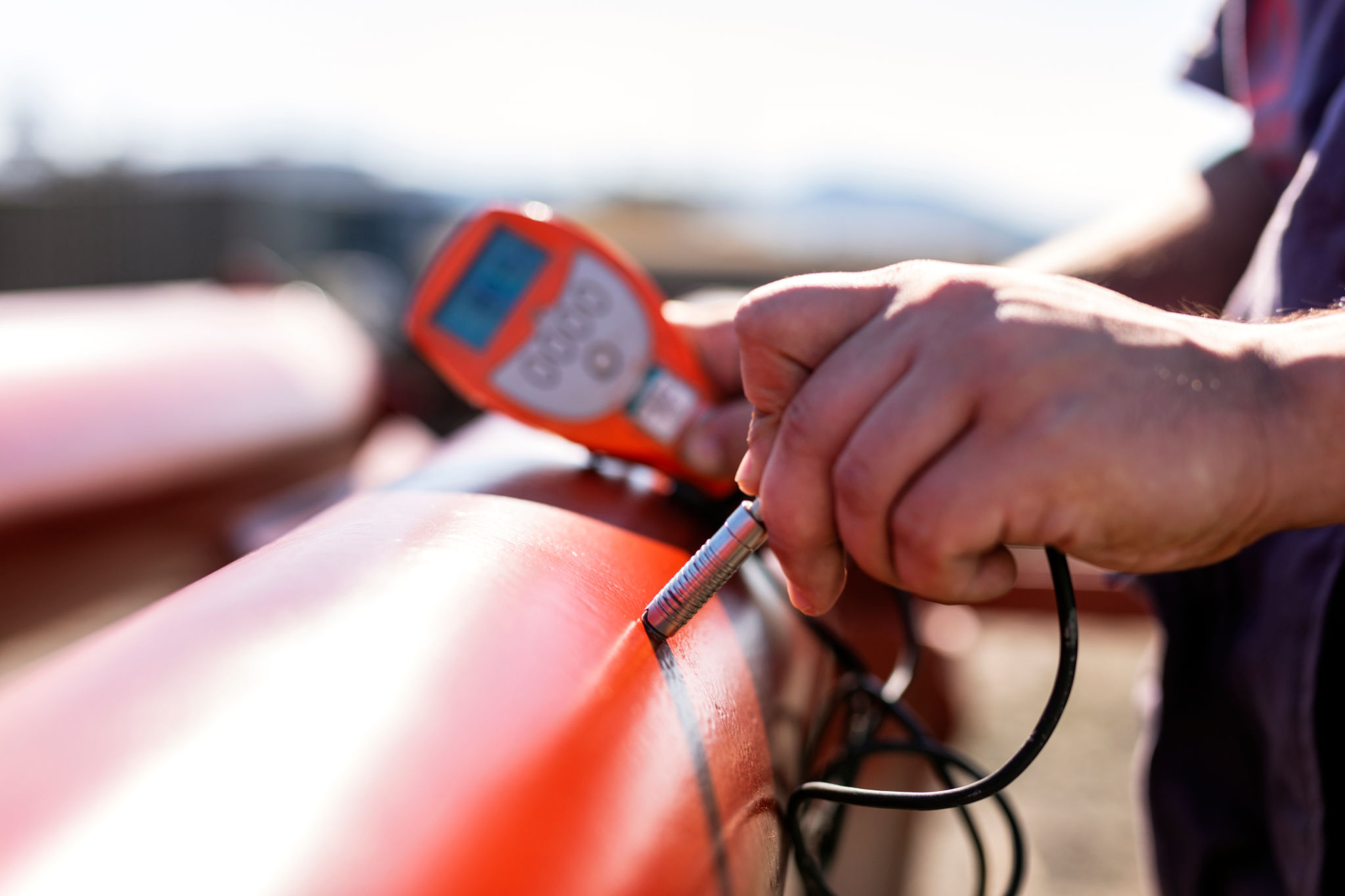The Ultimate Guide to Coating Inspection: Ensuring Quality and Longevity
Introduction to Coating Inspection
Coating inspection is a critical process in various industries, ensuring that surfaces are adequately protected against corrosion, wear, and environmental damage. By adhering to proper inspection techniques, businesses can guarantee the longevity and quality of their coatings. This guide will walk you through the essentials of coating inspection, helping you maintain the highest standards in your projects.

Understanding the Importance of Coating Inspection
The primary purpose of coating inspection is to verify that the application process has been completed correctly and that the coating meets the necessary specifications. This process helps prevent premature failure, reducing maintenance costs and extending the lifespan of the coated surface. Furthermore, it ensures compliance with industry standards and regulations.
Without regular inspections, coatings may deteriorate faster, leading to structural failures and increased safety risks. Therefore, incorporating a robust inspection process is not just recommended but essential for any coating project.
The Inspection Process: Key Steps
Coating inspection involves several critical steps that must be carefully followed to ensure optimal results. Here’s a breakdown of the key stages:
- Pre-Inspection Planning: Before starting the actual inspection, it’s vital to review project specifications, understand the environmental conditions, and prepare all necessary equipment.
- Surface Preparation Inspection: This step involves checking the surface cleanliness, profile, and environmental conditions before applying the coating.
- Coating Application Inspection: Inspectors must monitor the application process, ensuring that it aligns with specified thickness and uniformity.
- Curing and Post-Application Inspection: After application, it’s crucial to verify that the coating has cured properly and meets all performance criteria.

Essential Tools for Coating Inspection
To conduct a thorough inspection, various specialized tools are required. These tools help in measuring aspects such as coating thickness, adhesion, and environmental conditions. Some commonly used tools include:
- Thickness gauges: Essential for ensuring the coating is applied with the correct thickness.
- Adhesion testers: Used to measure how well the coating adheres to the substrate.
- Environmental monitors: Devices that check temperature, humidity, and other relevant factors during application.
Common Challenges in Coating Inspection
Despite its importance, coating inspection can present several challenges. Inspectors often face issues such as hard-to-reach areas, adverse weather conditions, and variations in surface conditions. Being prepared for these challenges is crucial to ensure a successful inspection process.

Additionally, staying updated with technological advancements can help inspectors overcome these challenges more efficiently. Modern tools and techniques provide better accuracy and ease of use, making inspections more reliable.
Ensuring Quality Through Regular Inspections
Regular inspections are key to maintaining the quality and longevity of coatings. By establishing a routine inspection schedule, businesses can detect potential issues early on and address them before they become significant problems. This proactive approach not only saves time and money but also ensures that safety and performance standards are consistently met.
In conclusion, understanding and implementing effective coating inspection strategies is fundamental for any industry reliant on coated surfaces. By following this guide, you’ll be well-equipped to ensure that your coatings perform optimally throughout their lifespan.